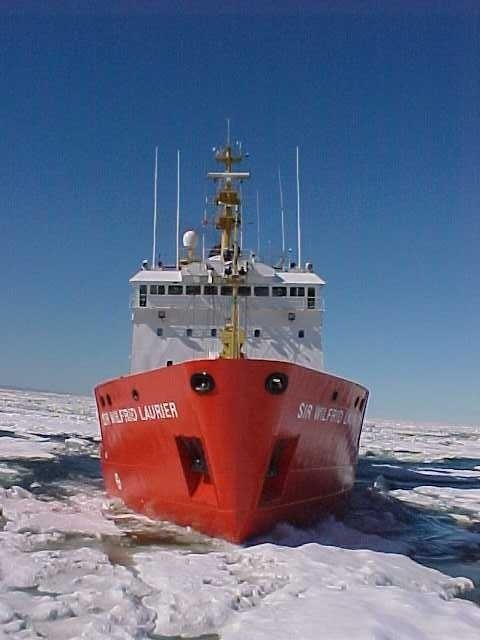The Arctic Ocean Basin continues to see sea-ice diminish and thin on an ever increasing basis, outstripping the scientific predictive models. This trend has significant implications for Arctic marine pollution response. Recent scientific studies have shown that meltwater on the surface of the sea-ice is allowing more sunlight to penetrate, warming the underlying seawater creating another positive feedback loop increasing the already rapid rate of melting. Ice-free in the Arctic Ocean does not mean there will be no ice: the ice will be broken up and allow for increased commercial shipping activity.
The Need for Arctic Marine Pollution Response
The economic feasibility of many of Arctic resource development projects were not previously feasible because of the high costs of shipping using specialized icebreaking and ice-strengthen cargo vessels. In the Arctic, less ice means there will be increased destination shipping as well as in-transit shipping. With increased shipping, there is an increased risk of accidents causing the need for adequate Arctic marine pollution response. There is an urgent need for a robust marine pollution response capability in Arctic waters. K. Joseph Spears in February 2013 Canadian Sailings article will provide the reader with an overview of the issues and possible outcomes, and will examine the active role that the Arctic Council is taking on these matters and Canada’s leadership role on this subject.

